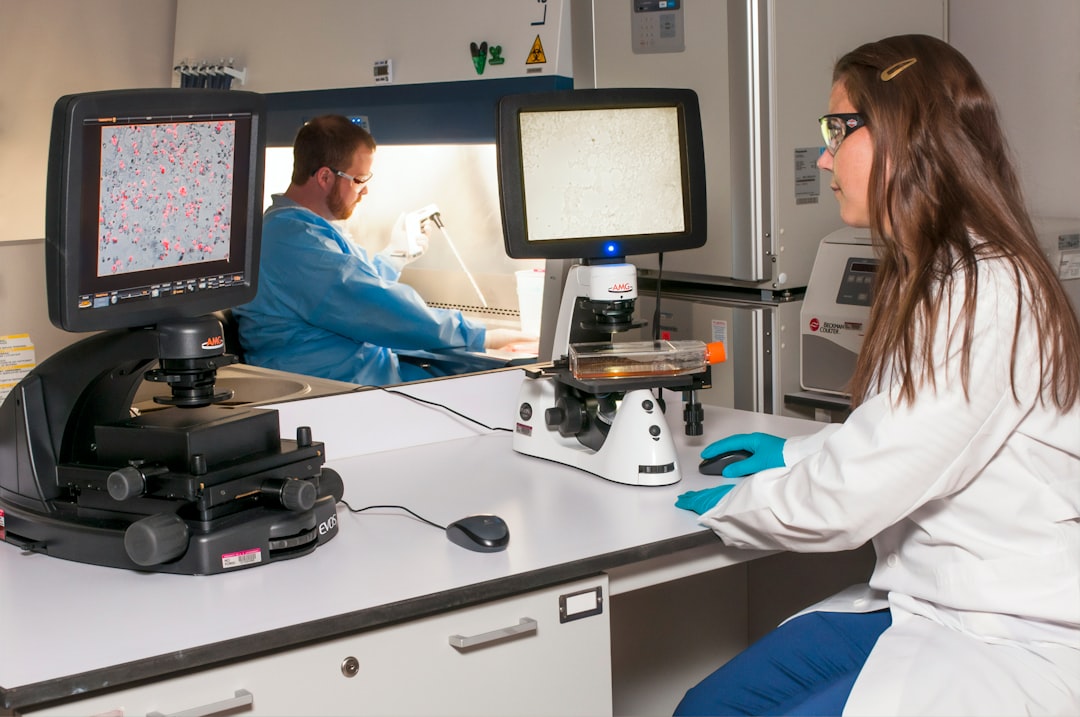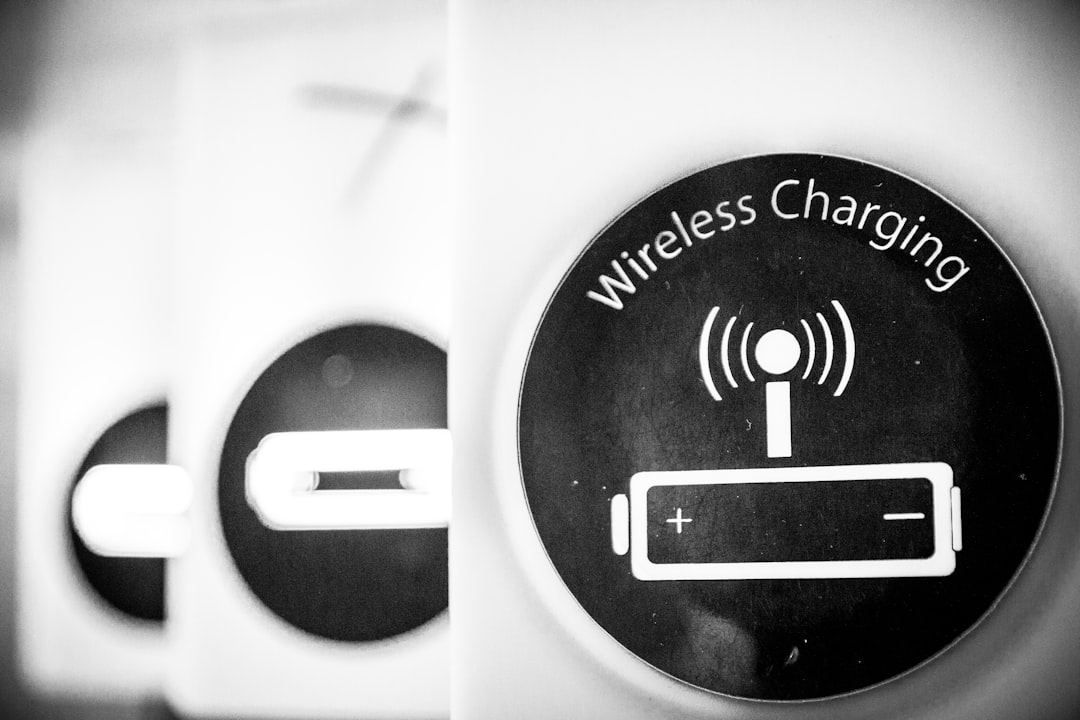What is it about?
In this Letter, we have introduced a no-reference blur assessment technique for colour images. The spatial and inter-channel correlations in colour images are exploited to quantify blur efficiently, rather than using the traditional luminance component only, or the individual colour channels in existing techniques. A colour image is considered as a 3rd-order tensor and is decomposed into different 2D matrices or unfoldings. The higher-order singular values are calculated for these unfoldings using conventional SVD. We show that the singular values in these unfoldings follow an exponentially decreasing curve, whereas the degree of exponent varies with the amount of blur, and hence is used as an objective quality score. The proposed blur metric was tested on distorted images from various publicly available databases, and the results validate its superiority and effectiveness compared to state-of-the-art blur assessment methods.
Featured Image
Why is it important?
The proposed technique could be embedded in camera sensors to provide photo after-blur removal, and could be used in multimedia applications for best quality of experience delivery of videos to the end users. We also mentioned above adding the proposed work as a feature in different applications and systems providing multimedia content online.
Read the Original
This page is a summary of: Quantifying blur in colour images using higher order singular values, Electronics Letters, October 2016, the Institution of Engineering and Technology (the IET),
DOI: 10.1049/el.2016.1792.
You can read the full text:
Contributors
The following have contributed to this page










